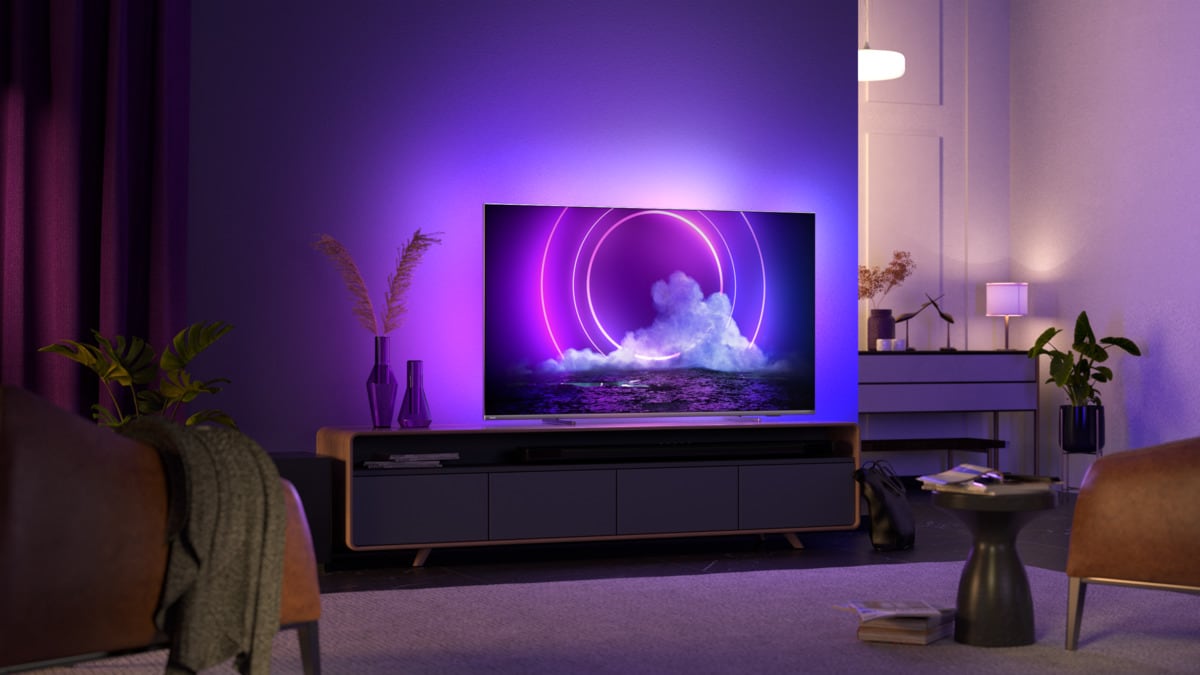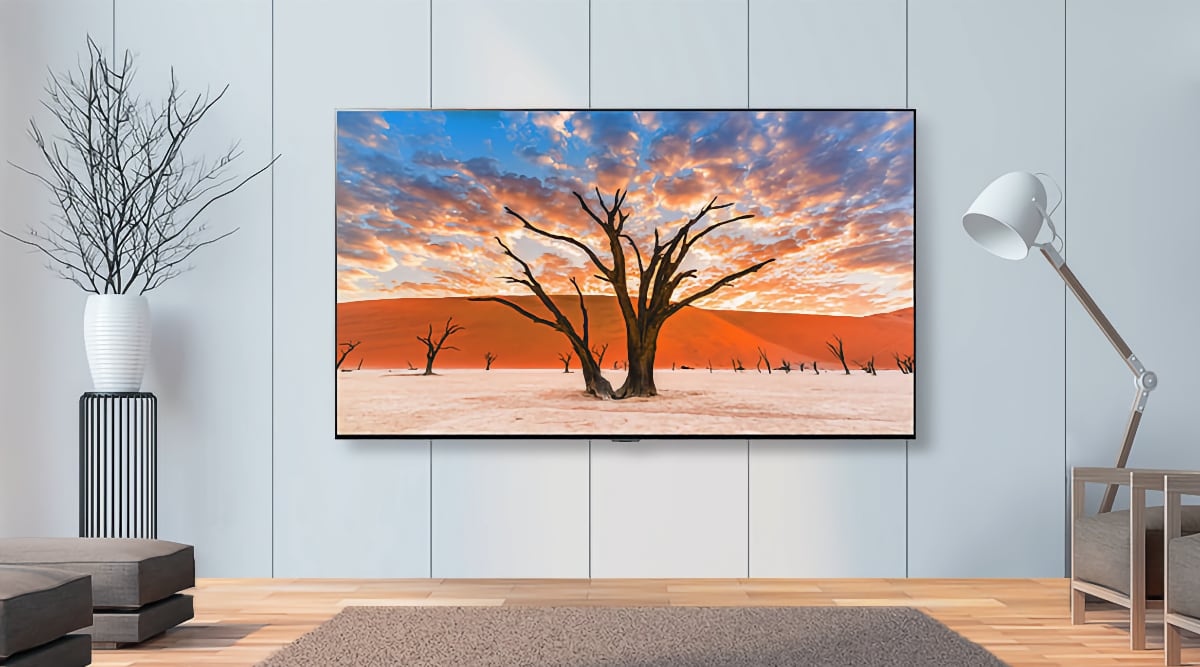True, not true, definitely not true, and not true any more - as a little homework with Google would show.
Plasmas certainly are "power-sucking-space heaters".
While subjective, technically speaking, OLEDs are not "highly" over-rated. They present a truly gorgeous and
accurate image display - as most professional review sites note too.
As noted by v12dock's link, if you display a "static" image for 20 straight hours, day after day, then you might see some burn-in images. But if you watch TV like 99% of the "normal" people in the world (who, depending on your source of information, average less than
5 hours, up to
6 hours of varied -
NOT static - content daily), and your OLED is not some antique, entry level, first-gen model, burn-in is NOT a problem.
As far as being over-priced, that's subjective. Some folks may find spending
$600 for a 65" TV too much. But as seen in
this comparison, LG's OLED and Samsung's QLED 65 inch models cost about the same with the OLED actually being $200 cheaper - and has a better picture too, albeit only slightly.





